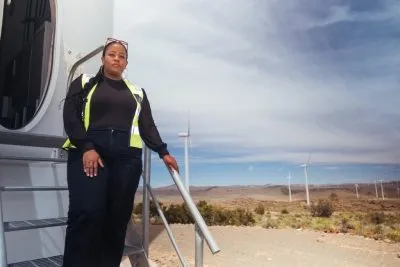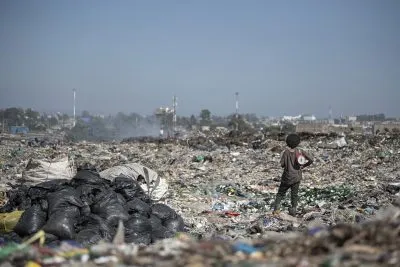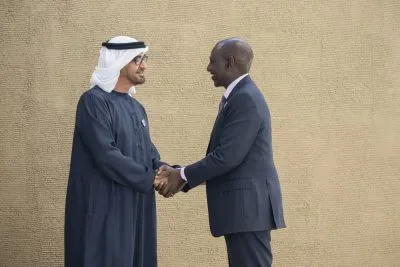In 2002, Angola emerged from almost 30 years of internal conflict. Since then, the nation has developed into one of Africa’s fastest-growing economies. Africa’s second-biggest oil producer and perhaps Africa’s most richly endowed nation in terms of natural resources, Angola has now embarked on a massive construction programme that is expected to completely change the face of the nation. Report by Anver Versi and Alexa Dalby.
After the 27-year civil war which devastated the country’s infrastructure and brought virtually all economic activity to a grinding halt, Angola has been lifting itself up by its bootstraps and has so far made a remarkable job of it.
Under the leadership of President José Eduardo dos Santos, the economy has been growing at around 10% per annum over the past five years. Much of Angola’s income comes from its oil exports – it is Africa’s second-biggest oil producer after Nigeria – but a vigorous campaign to diversify its economic base, especially by developing agriculture and fishing, has borne fruit and the two sectors now contribute around 10% of GDP.
But you cannot undo the wholesale damage caused by the war with a few years of peace and growth. All basic soft and hard infrastructure – transport, water supply and sanitation, housing, energy, education, health, local administration, jobs – you name it, is being rebuilt almost from scratch.
After the wasted decades, Angola is impatient to get on with it. The country resembles a giant construction site. Luanda, the capital, is bristling with cranes and scaffolding as glittering new buildings spring up. According to Mercer’s 2013 Cost of Living Index for expatriates, it is the most expensive place to live in on earth. This reflects both the demand for residential and business property as well as the shortage that is driving up prices.
But for the country’s Minister of Urbanism and Habitat, José António Maria da Conceição Silva, the overriding concern is to provide affordable housing to the majority of Angolans. Perhaps as a result of the instability in the rural countryside during the civil war, the urban drift in Angola was faster than elsewhere in Africa. According to the World Bank, the country’s urban population forms almost 60% of the total. Luanda, with over 7m people, is Africa’s fifth largest city.
Minister José António Maria da Conceição Silva says that while bustling cities are tremendous sources of creativity and wealth, they can also become ugly, festering slums unless properly managed. He points out that the phenomenon of rapidly rising urban populations is a characteristic not only of the rest of Africa but the entire developing world. “How we manage our urban growth will determine what sort of future we bequeath our people. Properly planned and managed, out cities can generate unprecedented growth and inclusive wealth; neglected or poorly managed, our cities can become like some of the hell holes of poverty and crime that we see in parts of the world, including of course in Africa.”
Angola has been among a small handful of African countries that has taken the critical issue of urban growth and regeneration very seriously. It has developed several strategies to provide the right sort of hard and soft infrastructure to provide affordable and pleasant living and working space for its citizens. The immediate aim is to construct a million homes and thus halve the current deficit of around 2m homes.
Multi-dimensional master plan
While the country’s urban redevelopment programme is a complex, multi-dimensional project, Minister José António da Maria Conceição Silva has honed in on two prongs of the overall strategy: these are the creation of new urban centres around the major cities and areas of dense population and to encourage greater resort to auto-construção, or self-build. Angola has a tradition of families working with artisans to build their own homes and the Minister has been working to leverage low interest credits and state support, such as access to architects and other technical specialists, to help more families build their own homes.
Want to continue reading? Subscribe today.
You've read all your free articles for this month! Subscribe now to enjoy full access to our content.
Digital Monthly
£8.00 / month
Receive full unlimited access to our articles, opinions, podcasts and more.
Digital Yearly
£70.00 / year
Our best value offer - save £26 and gain access to all of our digital content for an entire year!

 Sign in with Google
Sign in with Google 





